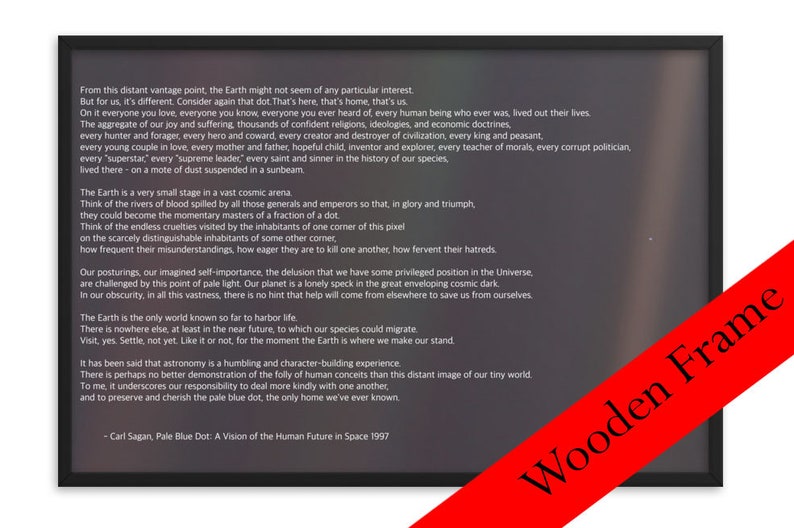


Chapter Three of the book, “The Great Demotions”, is exactly what it sounds like: humbling humans who often see themselves as angels or even gods to mere animals, who evolved just like the rest of them, on an inconspicuous planet orbiting one of billions of stars in a galaxy that it is itself not any more noteworthy than the next.īut while it is harsh, our species’-and our planet’s-obscurity does not rob the Earth or the Universe of its grandeur.

Pale Blue Dot is possibly the most humbling book you will ever read, and that rings especially true for anyone who believes that the Universe was created exclusively for humans.Īs is the case when observing reality with an unbiased lens (whether you are a paleoanthropologist, astronomer, or any other scientist), humans are knocked off of their pedestal of superiority by Sagan, whose analysis might sound harsh but is most definitely true. After reading Carl Sagan’s Cosmos and The Demon-Haunted World, I decided that it was time to return for Pale Blue Dot: A Vision of the Human Future in Space, the Cosmos sequel famous for the short but poignant speech of the same name.


 0 kommentar(er)
0 kommentar(er)
